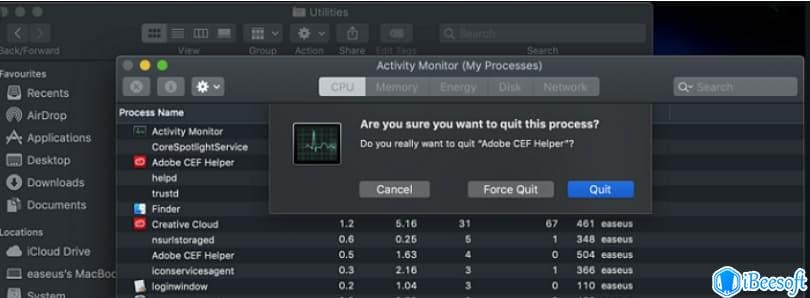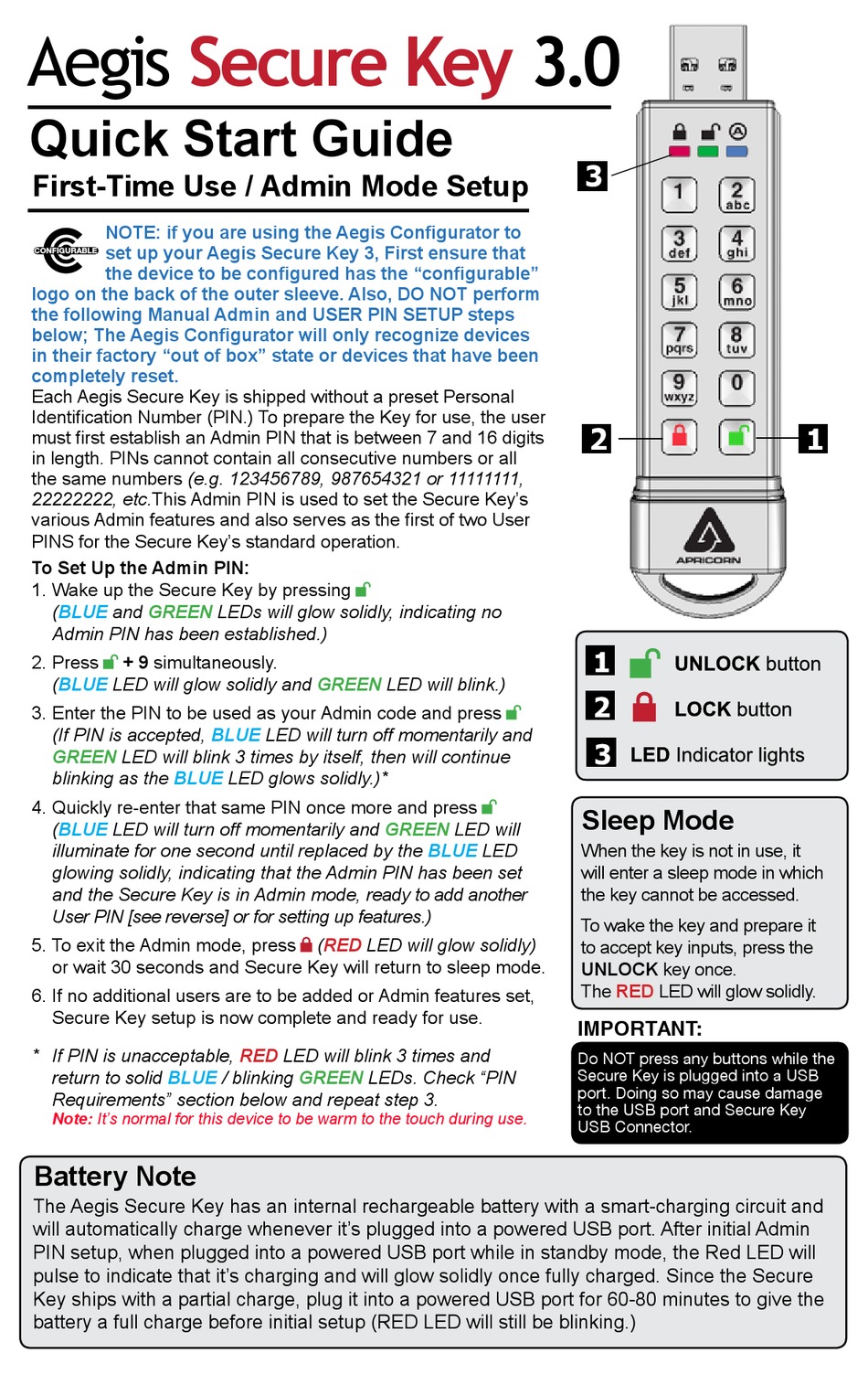

- #How to secure delete on mac how to#
- #How to secure delete on mac mac os#
- #How to secure delete on mac full#
Hi Alok, when I try to do as you advise, no X pops up for AVG Secure VPN (the same is true for the majority of apps when I do that, incidentally). Then there is nothing related to that file left in your mac, even in trash too as the deleted file is not sent to the trash.īut to use it, you should be running Mac Leopard 10.2 or later and should be knowing which file you are deleting, because once its deleted, there is no way you can recover it unless you try using any other 3rd party app to recover the deleted files. Click the AVG Secure VPN’s delete button (x) to uninstall the app. Although a small program, its strong enough to remove any file from the core, and forcefully deletes the file, crumbles it totally and truncates the file size to zero and then throws it out. To securely delete files in Mac, you need to download this very nice and small app called Permanent Eraser. Believe it or not, we can make it easy to recover deleted data on Mac even if you are totally a novice.
#How to secure delete on mac how to#
Here’s how to recover a Mac file easily: SOLVED How To Recover Deleted Files On Mac Complete Guide.

Secure Empty Trash feature isn't available since the El Capitan OS X update. Force restarting Mac may delete files that are still opening. These instructions work with OS X Yosemite. Your Mac will boot into the Recovery Mode that is pre-installed on most. To secure erase files in the Trash, just: Control-click on the Trash icon in your Dock, at the bottom of your screen.
#How to secure delete on mac mac os#
Mac OS after the 10.3 version has given the option to delete trash files securely but there is no option to delete any file directly and securely from their place, unless they are sent to the trash. Press and hold down the Command and R keys simultaneously while your Mac boots up. Can’t i do that directly without involving the trash? I’ve never had a problem with it, but should an unlikely problem occur, you don’t want to be left staring dumbly at a file-free hard drive.I am always tired to sending files to my mac trash, to delete them securely. I would be remiss if I didn’t caution you to have a solid backup of your data before doing this. If you’re an International Man/Woman of Mystery, you can choose one of the other options with the understanding that while they more thoroughly overwrite your data, they take a very long time to do so. It’s adequate for most people (though you’ll want to keep an eye on this story’s comments as some people have nearly religious views on this matter). The default, Zero Out Deleted Files, writes zeros over the drive’s free space. Under Lion you see a slider that offers essentially the same options. The 1 Data Eraser App for macOS: iShredder Mac permanently wipe confidential data, The app meets and exceeds. This free space can be utilized for storing other data. With Snow Leopard this sheet offers Zero Out Deleted Files, 7-Pass Erase of Deleted Files, and 35-Pass Erase of Deleted Files. Securely Erase Data on the Mac permanently. Every time you delete any file or document on the Mac hard drive it creates free space.
#How to secure delete on mac full#
Run this command to enable the switch port: Click to see full answer. After removing the offending MAC address the switch port link goes down. wheremacaddressis the MAC address that you want to delete. A sheet will appear that offers you different levels of erasure. To delete a static MAC address: Run the command: Router (config-if) no switchport port-security mac-address sticky macaddress.


To do this, launch Disk Utility (/Applications/Utilities), select the drive that you want to work with, click the Erase tab, and click on Erase Free Space.


 0 kommentar(er)
0 kommentar(er)
